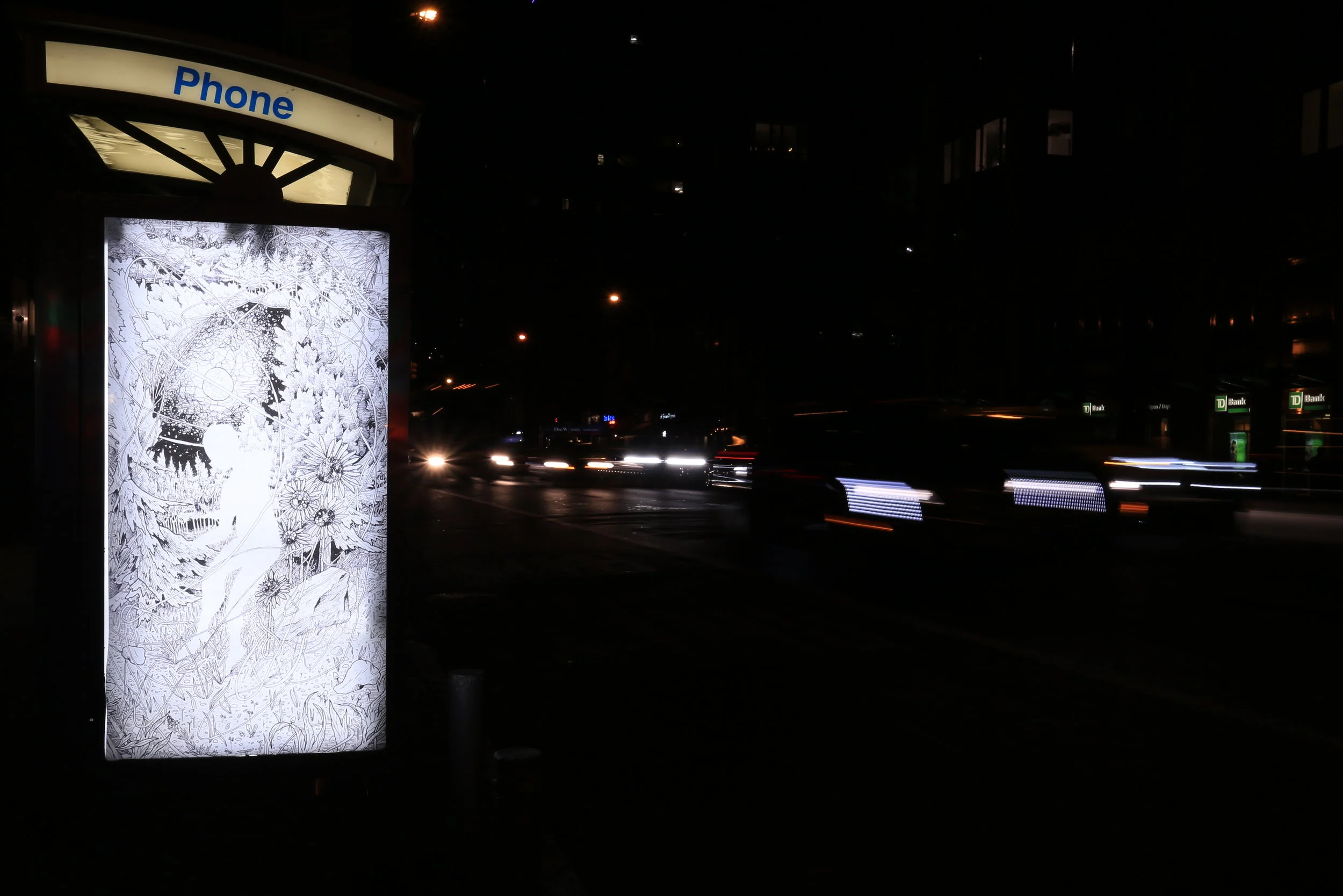Plate 73: It is better to be lazy. by Emily Lombardo. Photo by Luna Park.
When Emily Lombardo showed us her piece for Art in Ad Places, it was immediately obvious where it had to be installed: Somewhere with lots of people waiting for brunch. What is more IDGAF luxury than waiting a hour to get into a brunch spot for bottomless mimosas? We haven't been installing a lot of work that is explicitly anti-consumerist, but that is certainly a component of Art in Ad Places. In short, as advertising encourages consumption (especially conspicuous consumption), it encourages selfishness and anti-environment behaviors. Easier to drink a glass of champagne that bother about the world about to end. That's the thought-process that advertising reinforces.
Here's what Emily has to say:
I contributed Plate 73: It is better to be lazy. from The Caprichos, 80 etchings after Goya’s Los Caprichos, to be included in Art in Ad Places as a continuation of the tradition of social critique through art started by Goya in 1799. Los Caprichos, often considered the first work of modern art, was a major departure from Goya’s work as a court painter in Spain. With the aim of making this work accessible to the Spanish people he released the work for sale in a perfume shop. The work cleverly exposes the glut, excess and oppression the upper/religious class imposed on the people. Unfortunately these themes reach across history into our present day, which inspired me to recreate this work through a queer feminist lens.
I was compelled to work with Art in Ad Places because these ad spaces are used to distract us from the real issues of our time. Just as the couple floats on an oil barrel toasting with champagne, they are blind to the issues of global warming and rising sea levels. Corporate ads try to transport us into this fantasyland of luxury. This work and the actions of Art in Ad Places argues: Luxury=Death…is it better to be lazy?
So... Cheers! To the millennials who brunch!
Plate 73: It is better to be lazy. by Emily Lombardo. Photo by Luna Park.










